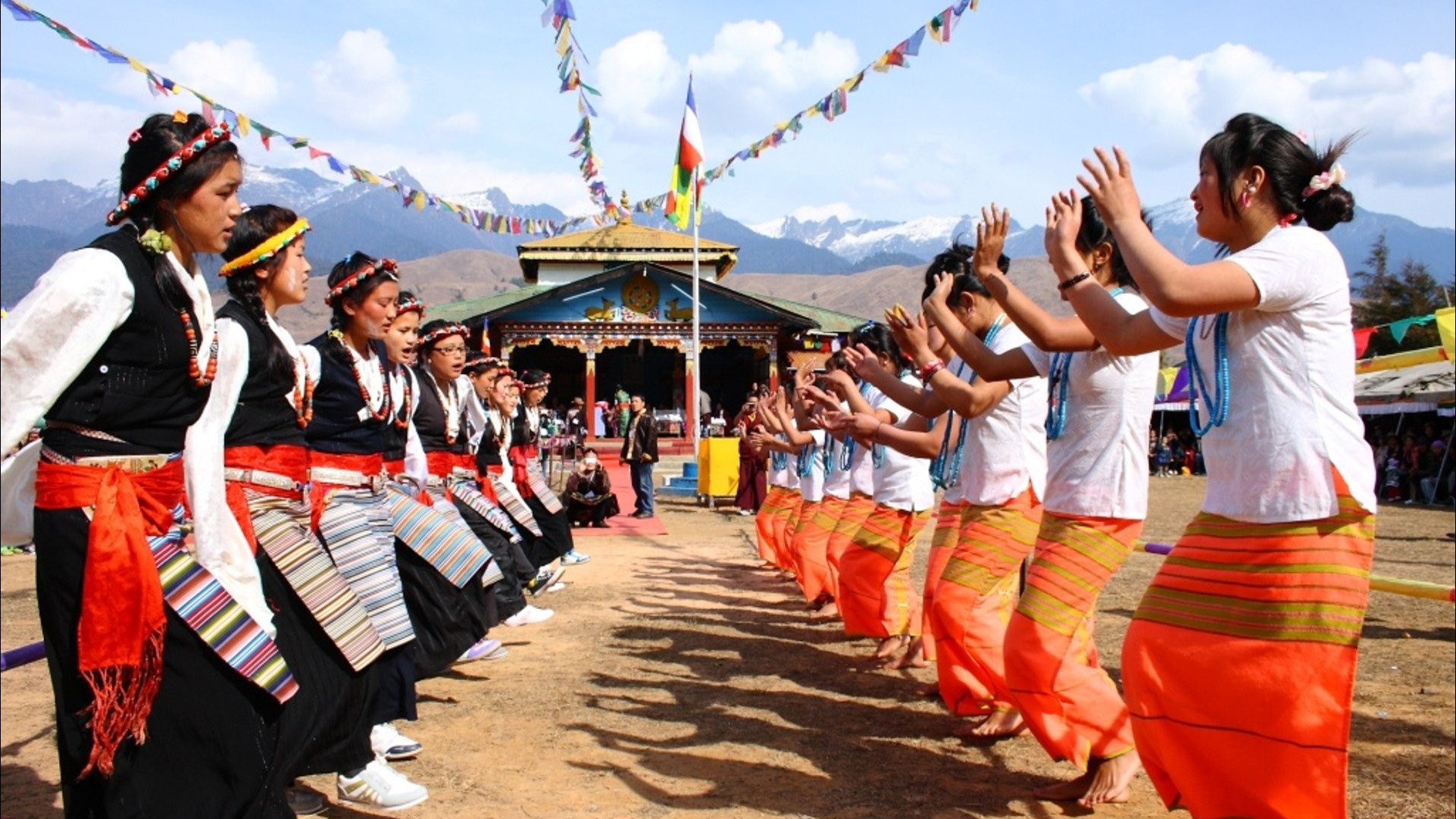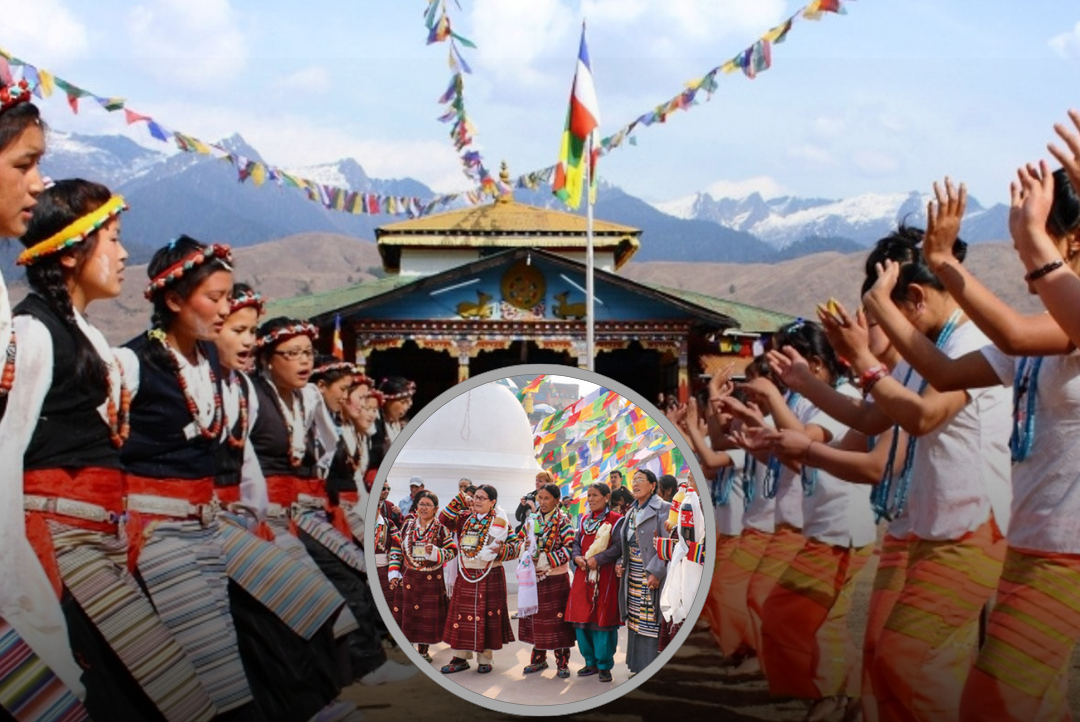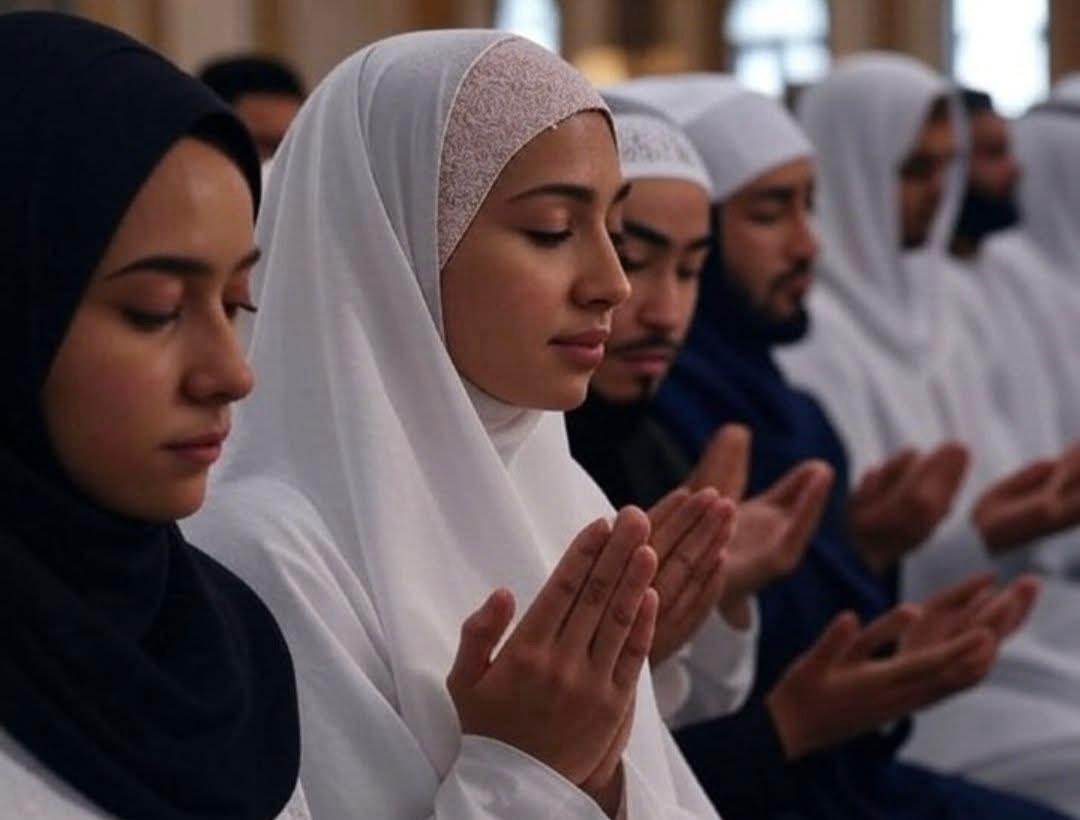Gyalpo Lhosar is one of the most important festivals celebrated by the Sherpa, Tibetan, and other Himalayan communities in Nepal, Tibet, and Bhutan. This festival marks the Tibetan New Year and is a time of joy, prayers, and cultural celebrations. Unlike the international New Year on January 1st, Gyalpo Lhosar follows the lunar calendar, meaning its date changes every year, usually falling in February or March.

Gyalpo Lhosar is not just about welcoming a new year; it is also about purification, renewal, and honoring ancestors. Families come together, clean their homes, prepare delicious food, and visit monasteries to pray for good fortune.
History and Meaning of Gyalpo Lhosar
The word “Gyalpo” means King, and “Lhosar” means New Year. This festival originally began in Tibet during the reign of the early Tibetan kings. It was introduced to Nepal by Tibetan migrants and is now widely celebrated by the Sherpa, Tamang, and Bhutia communities.
The festival honors the great Tibetan kings who played a significant role in the development of Buddhism and Tibetan culture. It is also a spiritual festival, where people seek peace, prosperity, and happiness for the coming year.
When is Gyalpo Lhosar Celebrated?
Gyalpo Lhosar follows the Tibetan lunar calendar, which is different from the Gregorian calendar. The festival usually falls on the first day of the first month in the Tibetan calendar, which corresponds to February or March in the Western calendar.
How is Gyalpo Lhosar Celebrated?
The celebrations of Gyalpo Lhosar begin days before the actual New Year and continue for several days. Here are the key traditions followed during this festival:
1. Cleaning and Decoration
Before Lhosar, families thoroughly clean their homes to remove bad luck and negativity.
Houses are decorated with colorful prayer flags and symbolic drawings to bring good fortune.
2. Wearing New Clothes
People dress in traditional Tibetan and Sherpa attire.
Men wear a long robe called a "chuba", while women wear colorful dresses with jewelry.
3. Visiting Monasteries
Families visit Buddhist monasteries to offer prayers and seek blessings.
Monks perform special chants, rituals, and mask dances to welcome the new year.
4. Offering Food and Drinks
People prepare and share special festive foods such as:
Khapse – Deep-fried crispy bread.
Guthuk – A special noodle soup with symbolic items hidden inside.
Chang – A traditional barley beer.
5. Dancing and Singing
Cultural performances, masked dances (Cham dance), and folk songs are a big part of the celebrations.These performances depict ancient legends, Buddhist teachings, and historical events.
6. Visiting Friends and Family
Gyalpo Lhosar is a time for family reunions and strengthening community bonds.
People exchange gifts and good wishes for a prosperous year ahead.
Gyalpo Lhosar is more than just a festival; it carries deep spiritual and cultural significance:
✔ Purification – Removing past negativity and starting fresh.
✔ Renewal – Welcoming a new cycle of happiness and success.
✔ Community Bonding – Strengthening relationships and traditions.
✔ Gratitude – Honoring ancestors and Buddhist teachings.
Where is Gyalpo Lhosar Celebrated?
Gyalpo Lhosar is primarily celebrated in:
✅ Nepal – In the Himalayan regions, including Kathmandu, Solukhumbu, and Mustang.
✅ Tibet – The festival originated here and is still widely observed.
✅ Bhutan – Celebrated by Bhutanese Buddhists.
✅ India – Tibetan communities in Sikkim, Ladakh, and Himachal Pradesh also observe Lhosar.
Gyalpo Lhosar Vs. Other Lhosar Festivals
Nepal has three main Lhosar festivals, each celebrated by different ethnic groups:
🔹 Sonam Lhosar – Celebrated by the Tamang people.
🔹 Tamu Lhosar – Celebrated by the Gurung community.
🔹 Gyalpo Lhosar – Celebrated by the Sherpa and Tibetan communities.
While all these festivals mark the New Year, each has unique customs and traditions.
As we embrace the spirit of Gyalpo Lhosar, let’s spread peace, prosperity, and happiness to everyone around us.
Happy Gyalpo Lhosar!










